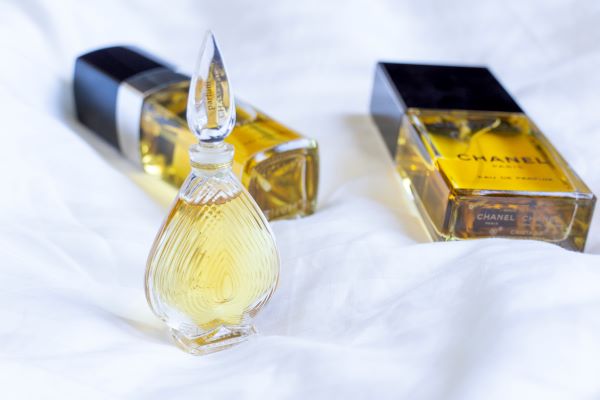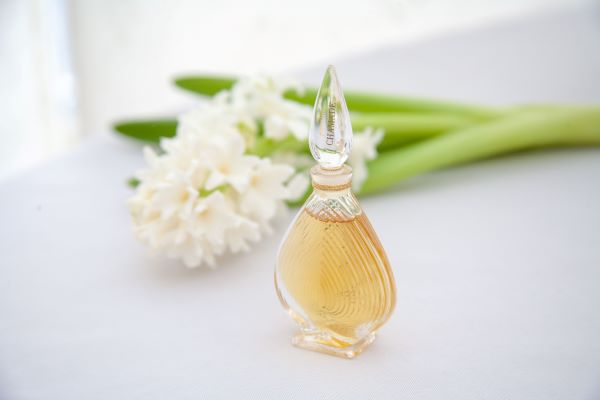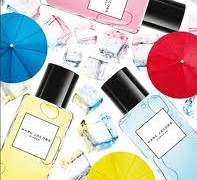What Makes a Perfume Beautiful?
“What makes a perfume beautiful?” I pose a question to Maurice Roucel knowing fully well that it is a complicated question to answer. Roucel is a perfumer with more than 40 years of experience in creating exquisite perfumes, such as Hermès 24 Faubourg, Donna Karan Be Delicious, Frédéric Malle Dans Tes Bras, and Serge Lutens Iris Silver Mist, and he’s devoted much effort to promoting the notion of perfumer as an artist, rather than a mere “nose.” “We use our imagination and our brains more than noses,” he says.

Perfumery as an intangible art can be hard to champion. Although scents are related to the intangible cultural heritage protected by UNESCO such as cuisine and certain arts, they don’t benefit from the recognition or documentation. (The Osmothèque, a scent archive based in Versailles, is the main institution studying and preserving the historical fragrances today.) Perfume is generally seen as too subjective to define or even describe, which makes definitions of artistic worth complicated.

















Joi in Giorgio Armani Mania : Long Lost Favorite Perfume: Yes!! January 25, 2024 at 2:54am